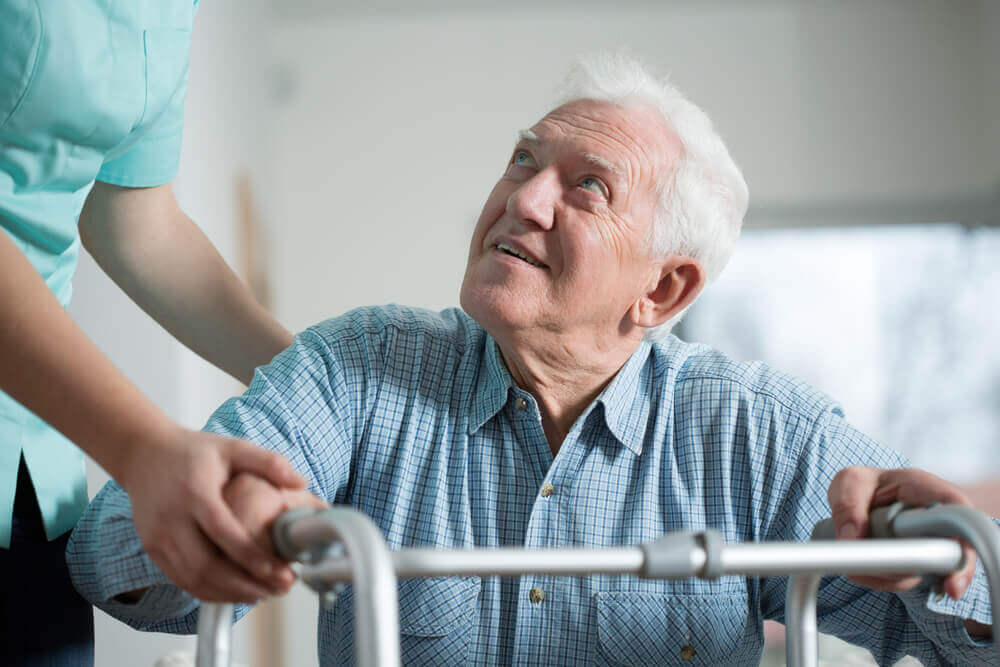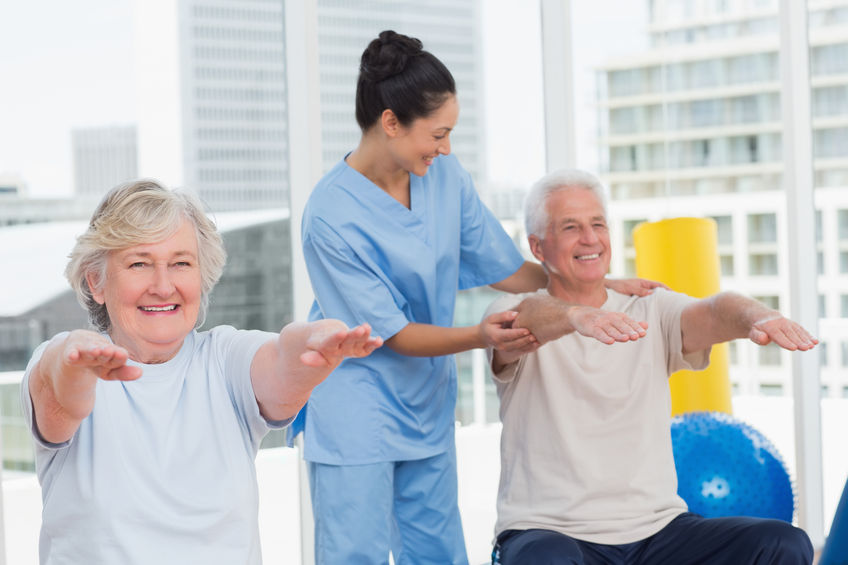Book Now for a Home Visit
What is Geriatic Physiotherapy
Geriatric Physiotherapy encompasses an extensive range of issues concerning people as they age from a normal adult to a senior, usually focused on the health concerns of an older adult. There are many conditions that affect many people as they grow older that include but are not limited to the following: Alzheimer’s disease, arthritis, balance disorders, cancer, osteoporosis, hip and joint replacement, and incontinence to name a few.


Greatest Health Risk to Seniors
A fall is one of the greatest risks a senior citizen will face, often leading to serious life threating injuries such as hip fractures which then lead to a limit in mobility as well as an extended hospital stay. In fact, falling is such an issue among seniors that the Center for Disease Control and Prevention has reported that one-third of all people over the age of sixty-five fall every year, making falls the leading cause of injury among people from this age group. Seniors experience falls everyday resulting in hip fractures every year, with resulting hospitalizations. Most of the people who experience a hip fracture stay in the hospital for a minimum of one week, with approximately twenty-percent dying within a year due to the injury. Unfortunately, a number of the remaining eighty-percent do not return to their previous level of functioning. Physiotherapy can help seniors remain both strong and independent, as well as productive.
Forms of Geriatric Physiotherapy
Exercise: the definition of exercise is any form of physical activity that is beyond what the person does while performing their daily tasks. A physiotherapist will design a treatment plan that includes exercises that are designed to both maintain and improve a patients coordination, muscle strength, flexibility and physical endurance and perhaps most importantly their balance. These exercises are meant to increase a senior’s mobility and decrease their chance of injury through falling.
Geriatric physiotherapy consist of active activities such as stretching, balance exercises, weight bearing, strength straining, and specific exercises that are geared towards a particular injury or physical limitation. Our physiotherapists will works with patients in their homes, teaching them to exercise on their own, making sure they are capable of continuing their exercise program on their own.
Manual Therapy: manual therapy is defined “as a clinical approach utilizing skilled, specific hands-on techniques, including but not limited to manipulation/mobilization, used by the physical therapist to diagnose and treat soft tissues and joint structures for the purpose of modulating pain; increasing range of motion (ROM); reducing or eliminating soft tissue inflammation; inducing relaxation; improving contractile and non-contractile tissue repair, extensibility, and/or stability; facilitating movement; and improving function.” Manual therapy is most often applied with the goal of improving a patient’s range of motion they may have lost due to an injury or lack of use therefore improving their mobility. This form of therapy is also used to reduce pain and improve circulation. Manual therapy can include manipulation of the person’s joints and muscles, as well as massage therapy.
Education: Education is quite possibly the important aspect to the success and effectiveness of a geriatric physiotherapy treatment plan. Patients are taught ways of performing daily tasks safely. Physiotherapists also teach seniors how to use assistive devices, as well as how to protect themselves from further injury most often a fall. Seniors can utilize physiotherapy as a means for regaining their independence. Physiotherapy can help seniors to feel better, as well as to enjoy a higher quality of life.

